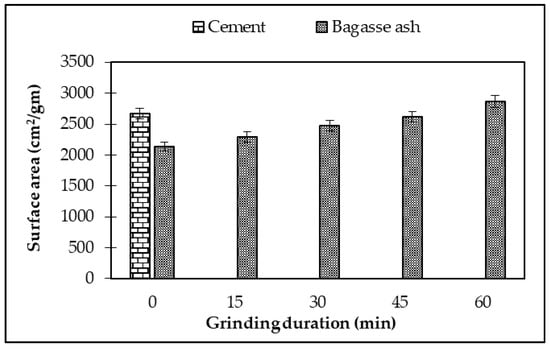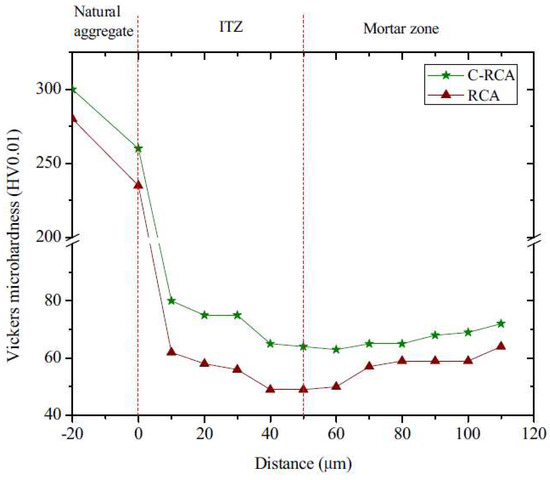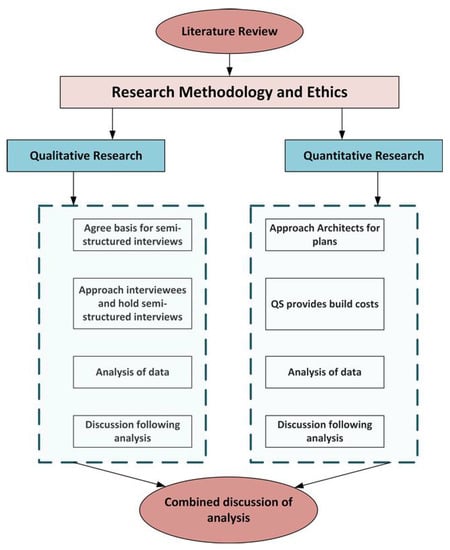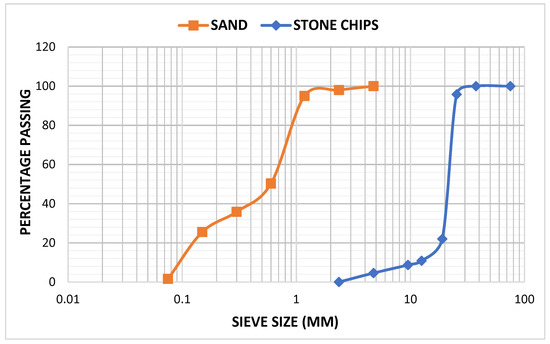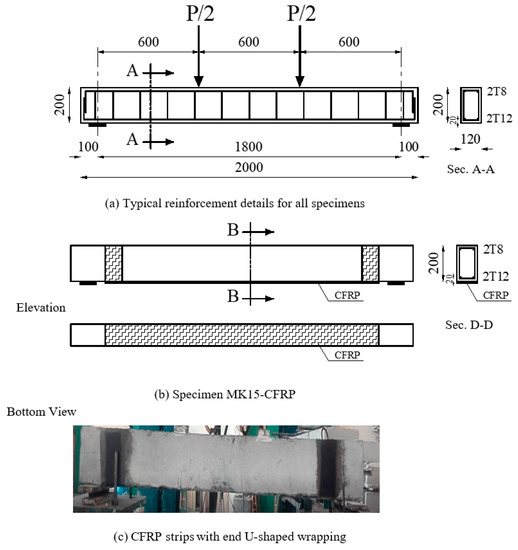Sustainable Building Materials: Design and Digitization (Closed)
A topical collection in Buildings (ISSN 2075-5309). This collection belongs to the section "Building Materials, and Repair & Renovation".
Viewed by 13995Editors
Interests: sustainable cement based composites; structural functional integrated concrete; thermal energy storage concrete; post-elevated temperature performance of cementitious composites; structural health monitoring; self-sensing concrete; self-healing concrete; 3D concrete printing; energy efficient buildings
Special Issues, Collections and Topics in MDPI journals
Interests: sustainable construction; self-healing concrete; self-sensing concrete; nano-modified concrete; multi-functional concrete; construction and demolition waste; energy-efficient buildings; lightweight panels; smart bricks
Special Issues, Collections and Topics in MDPI journals
Interests: sustainable construction materials; recycled aggregate concrete; lightweight cement-based composites; laminated cementitious composites; fiber-reinforced concrete; nanomaterials; fatigue and fracture; wind energy harvesting
Special Issues, Collections and Topics in MDPI journals
Interests: sustainable concrete; nano-modified concrete; lightweight foamed concrete; 3D concrete printring; functionally graded concrete; construction and demolition waste; self-healing concrete
Special Issues, Collections and Topics in MDPI journals
Topical Collection Information
Dear Colleagues,
Buildings are the founding components in constructing cities. However, the impacts of construction materials on structural, environmental, and human health are significant, albeit hidden. More than 40% of the share of global energy is used by the construction sector, with an estimated 30% emissions of global greenhouse gases. The construction industry consumes more than 75% of all natural resources and produces plenty of waste. According to the U.S. Environment Protection Agency, in 2018, construction and demolition projects filled U.S. landfills with almost 145 million tons of waste. In the last couple of decades, more emphasis has been given to sustainable construction technology to protect the environment and its available resources. Researchers have explored numerous pathways leading to more sustainable construction and protecting the built environment. Low-CO2-producing materials, such as binders, bio-based healing materials, industrial waste applications, and many other pathways, have been explored and are still in progress to find more avenues leading to sustainable construction. However, the design recipe always involves the detailed phase of laboratory trials leading to material wastage and depletion of natural reserves. Therefore, in addition to endorsing sustainability only via material inventions, the construction sector has been transformed towards digitization, involving the use of Artificial Intelligence (AI) and machine learning practices, such as Artificial Neural networks (ANN), Adaptive Neuro-Fuzzy Inference Systems (ANFIS), and Image Processing (IP), in the design phase of sustainable buildings. These tools can be used to predict the properties of construction materials and can be guided to have real-time monitoring of defects in built structures and their periodic health diagnosis. The application of sustainable practices with digitization can effectively mitigate the environmental challenges that humanity is facing in terms of global warming and climate change.
This Special Issue aims to gather a research dataset on the recent optimization of sustainable building materials via laboratory-based experiments or integrated machine learning tools. We believe that the collection will open a knowledge corridor about material selection and its use in green buildings by merging the phases of design and digitization. The major construction materials will include plain and reinforced concrete, bricks, lightweight concrete, ceramics, timber, geopolymers, steel, and any other specialized materials used for the purpose.
Papers may draw on thematic areas and related subject areas, which may include, but are not limited to the following areas:
- 3D concrete printing;
- Engineered cementitious composites;
- Self-sensing concrete;
- Self-healing concrete;
- High performance concrete;
- Self-consolidating concrete;
- Structural functional integrated concrete;
- Thermal energy storage concrete;
- Sustainable cement-based composites;
- Structural health monitoring;
- Recycling of construction and demolition waste;
- Lightweight cementitious composites;
- Ferrocement and thin laminated composites;
- Nanomaterials in cementitious composites;
- ‘Green’ multi-functional construction materials;
- Prefabrication and modular construction;
- Machine learning and artificial intelligence in design optimization;
- Data analytics and visualization in digital material design;
- Virtual and augmented reality for sustainable design;
- Building information modeling for sustainable design;
- Post-elevated temperature performance of cementitious composites;
- CO2-cured concrete.
Dr. Shazim Ali Memon
Dr. Arsalan Khushnood
Dr. Asad Hanif
Dr. Luciana Restuccia
Collection Editors
Manuscript Submission Information
Manuscripts should be submitted online at www.mdpi.com by registering and logging in to this website. Once you are registered, click here to go to the submission form. Manuscripts can be submitted until the deadline. All submissions that pass pre-check are peer-reviewed. Accepted papers will be published continuously in the journal (as soon as accepted) and will be listed together on the collection website. Research articles, review articles as well as short communications are invited. For planned papers, a title and short abstract (about 100 words) can be sent to the Editorial Office for announcement on this website.
Submitted manuscripts should not have been published previously, nor be under consideration for publication elsewhere (except conference proceedings papers). All manuscripts are thoroughly refereed through a single-blind peer-review process. A guide for authors and other relevant information for submission of manuscripts is available on the Instructions for Authors page. Buildings is an international peer-reviewed open access monthly journal published by MDPI.
Please visit the Instructions for Authors page before submitting a manuscript. The Article Processing Charge (APC) for publication in this open access journal is 2600 CHF (Swiss Francs). Submitted papers should be well formatted and use good English. Authors may use MDPI's English editing service prior to publication or during author revisions.
Keywords
- green building materials
- sustainable recycling and reusability
- durability and aging materials
- phase change materials
- bacteria-based mortar
- autonomous healing
- low-carbon binder
- 3D printing
- machine learning
- nanocomposite
- structural health monitoring









